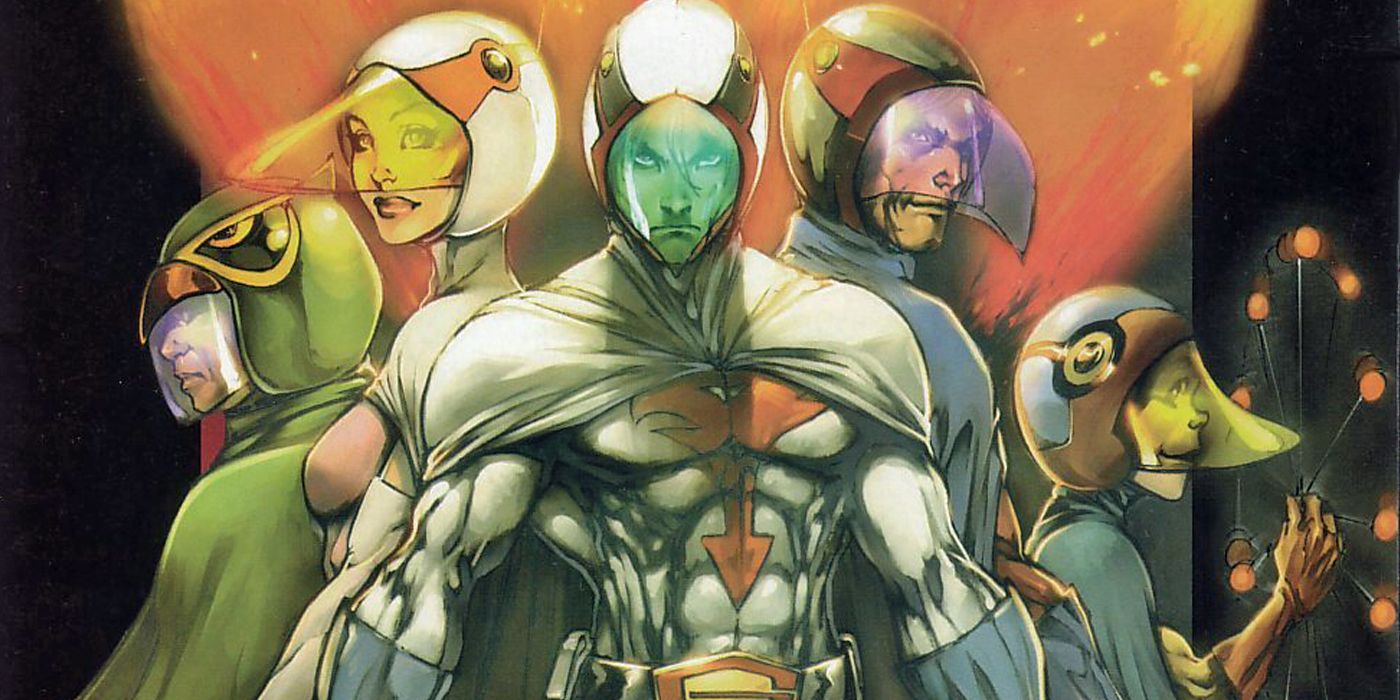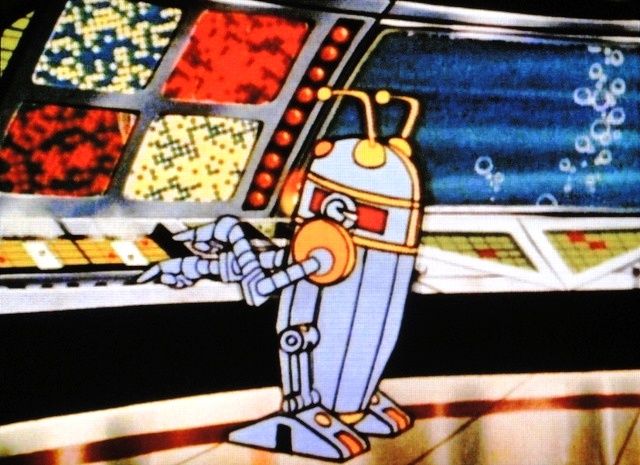In the grand cultural exchange that's occurred between America and Japan since the late 1800s -- or, more relevantly, post-World War II -- no form of media has become more embedded across both countries than anime. There's a great deal of history anime fans of today might not know about.
You might think Robotech was the first example of an American production company taking Japanese animation and heavily rewriting it to appeal to American audiences and American broadcast standards. No, Robotech has a predecessor in a show that celebrates its 40th anniversary this Sept. 12: Battle of the Planets.
RELATED: The Anime That Scientists Say Makes You Smarter
Premiering via syndication in 1978 and running for 85 episodes over two years, the show followed a pretty simple formula. Every episode followed the bird-costumed members of the superteam known as G-Force -- stern leader Mark (Casey Kasem), hotheaded Jason (Ronnie Schell), ship's pilot Tiny (Alan Dinehart), theoretically amusing kid sidekick Keyop (Alan Young) and the requisite princess (Janet Waldo) -- as they defended the Earth. As part of Intergalactic Security, the team fights the invading forces of the planet Spectra, led by the evil Zoltar under orders from the Dormammu-esque Luminous One (both voiced by Keye Luke).
Guided in their missions by the robot 7-Zark-7 (voiced by Young, who also narrated the show), the team fought with a variety of vehicles and gadgets, such as their main ship, the Phoenix (which could "flame on" into the Fiery Phoenix), and miniaturized "Cerebonic implants" in their arms that allow them to change into their costumes and blessed them with fantastic powers, like the ability to make a combined tornado with their costumes.
The show was repurposed and edited for American TV by B-movie and game show entrepreneur Sandy Frank, who's probably best known today as the guy behind game shows like Name That Tune, bringing the Gamera movies to America and being the subject of this all-time classic Mystery Science Theater 3000 bit.
In May 1977, with Star Wars being all the rage, Frank was looking for a TV show he could market to syndication to cash in on the fad. Luckily, he recalled that he'd seen footage of the 1972 superhero anime Science Ninja Team Gatchaman the month before at the annual MIPTV Media Market in Cannes, where studios and distributors exhibit TV shows to sell to other markets.
Page 2: [valnet-url-page page=2 paginated=0 text='Gatchaman Gets Chopped And Screwed Into... Something Amazing']
Frank quickly licensed the nearly-worldwide rights to the series (except for Asia and Italy) from its original studio, Tatsunoko Productions, but quickly encountered a few problems. The first was that, as Gatchaman had 105 episodes and a definite ending (the same way something like Power Rangers has an ending), it was unprofitable to market as it was. Thus, 20 episodes were cut from the original show, leaving just 85.
The second was that (the standards for children's media in Japan and America being as different as they are) Gatchaman features a whole lot of murder and violence. In 1970s broadcast television, that wouldn't fly. So, drastic edits were made. But that led to a third problem: There was now a huge amount of footage missing from each episode.
To solve both those problems, Frank and company hit on a solution by introducing and animating an entirely new character who'd link the Gatchaman footage together, paper over the violence that couldn't be cut out, supply expository voice-overs and add further appeal to the show for Star Wars-crazed kids. Contracting new animation out to the small Hollywood studio Gallerie International, Frank and his writers (led by former Disney writer Jameson Brewer) created 7-Zark-7, who introduced and closed each episode, piped in voice-over to (among other things) downplay the violence on-screen and even interacted with G-Force in newly-created animation.
Those were the necessary changes, but others were made. Most notably, while his Japanese equivalent Junpei was a regular kid, Keyop was given a new backstory of being a test tube baby, which left him with a bizarre speech impediment.
RELATED: Every Pokemon Movie Ever, Ranked
After a lengthy production process, Battle of the Planets premiered in first-run syndication on Sept. 12, 1978. With a memorable theme song by legendary Hanna-Barbera composer Hoyt Curtin, better animation than the majority of TV cartoons of the time, solid scripts and a game cast, it was a steady hit. Frank's extensive control over the property led him to market the show around the world, with all kinds of tertiary merchandise, such as a comic strip published exclusively in Britain, a comic book series by Gold Key, a board game and all sorts of stuff.
After the 85 episodes finished airing, they stayed in syndication until 1985. By then, the fledgling TBS had also picked up the show in reruns. Knowing a good thing when he saw it, Frank reached out to Turner and, together, they redubbed the entire Gatchaman program (including some of the dumped 25 episodes from Battle) with new actors, character names, music and most of the edited content put back in. The resulting show aired as G-Force: Guardians of Space. Despite being more accurate to the original, it was criticized by fans of both Gatchaman and Planets and is pretty obscure these days.
40 years on, Battle might look clunky and awkward to modern anime viewers, but it's still a damn entertaining show in its own right and something of a minor miracle. Simply put, without G-Force we might not live in a world with Crunchyroll. And who would want that?


